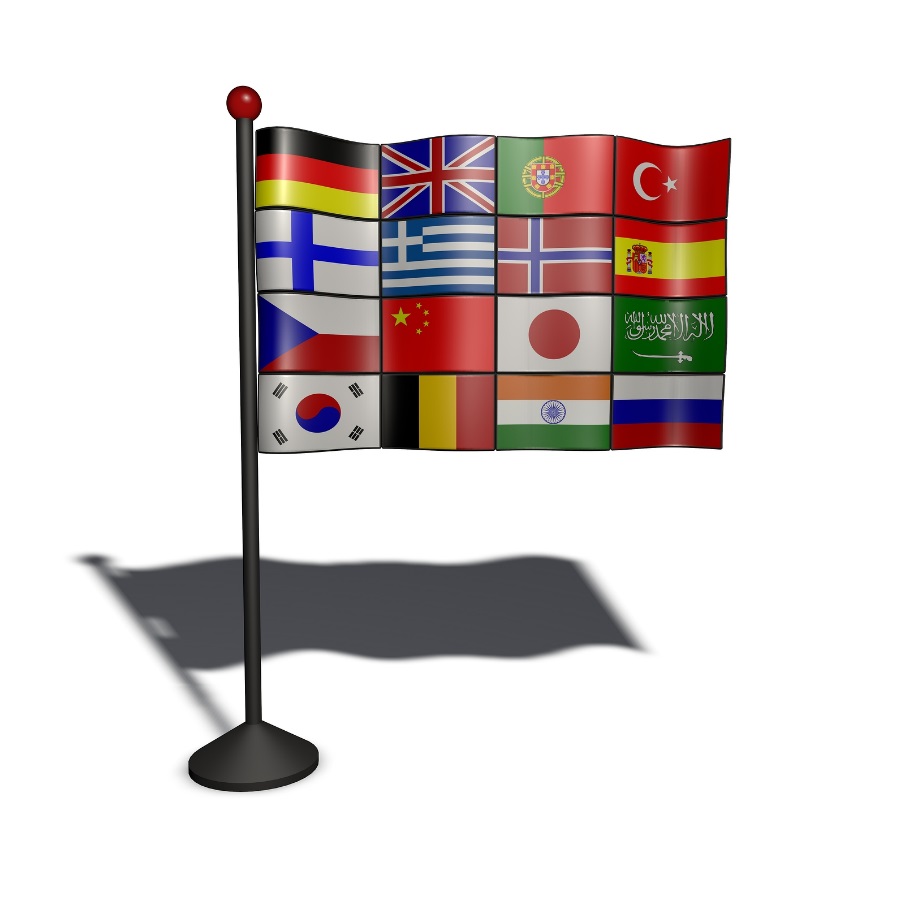A universal translation machine, or a device that can instantly translate languages into other languages, remains something that’s only possible in the realm of science fiction books and films. However, that does not mean that humans are giving up hope for a machine solution. Apps for online translations have been introduced to provide instant translations, but they are still only rudimentary and they lack the quality and sophistication of human translations.

How These Translation Apps Work
These apps make use of a lexical database, which contain basic grammar and linguistic rules, as well as many words from dictionaries. When translating a particular passage, these apps analyze the syntax, or its grammatical structure, along with its morphology and its semantics. After analyzing these three elements of a word, passage, or phrase, the apps then attempt to produce a translated version.
Some machines on the other hand, simply store pre-existing translated works to help create translations for different languages. These databases are comprised of thousands of translated books, documents, and articles, which the machine will then use to find a match in order to produce the requested translation.
The Problem with Translation Apps
What these apps can fail to do, however, is to factor in the different grammatical and linguistic rules of other languages. Some languages, for instance, allow for words to be arranged in a different order. Without factoring in a particular language’s rules on syntax, these apps (or machines) yield a translated passage that is out of context, meaningless, or grammatically incorrect. Additionally, other languages have unique rules about the usage of suffixes and articles, which these apps and machines fail to take into account.
While these apps are great for producing translated text quickly, these options do not compare to the quality translations produced by properly trained, multilingual humans. In fact, for anyone’s technical translation needs, translated text produced by humans remain incomparable.
A Unique Product of the Human Brain
Technology may have come a long way in improving many people’s lives today, but a universal translation device, seen on countless science fiction films, is still nonexistent. In a 2014 report, the U.S. Department of Labor stated that while businesses have the choice of opting for machine translations, a company or organization should always have a trained human available to assess, review, and correct the translations to ensure that the intended message is properly conveyed.
One thing is certain: machines and computers still have a long way to go before they can mimic a human’s biological brain structure, which provides our unique understanding of language. If you are looking for unmatched linguistic quality and ISO-certified technical translation services, seek help only from professional translators at companies like Excel Translations.
Sources:
How computers translate human language, TedEd
Man versus machine: who is winning the race in translation?, Information Age